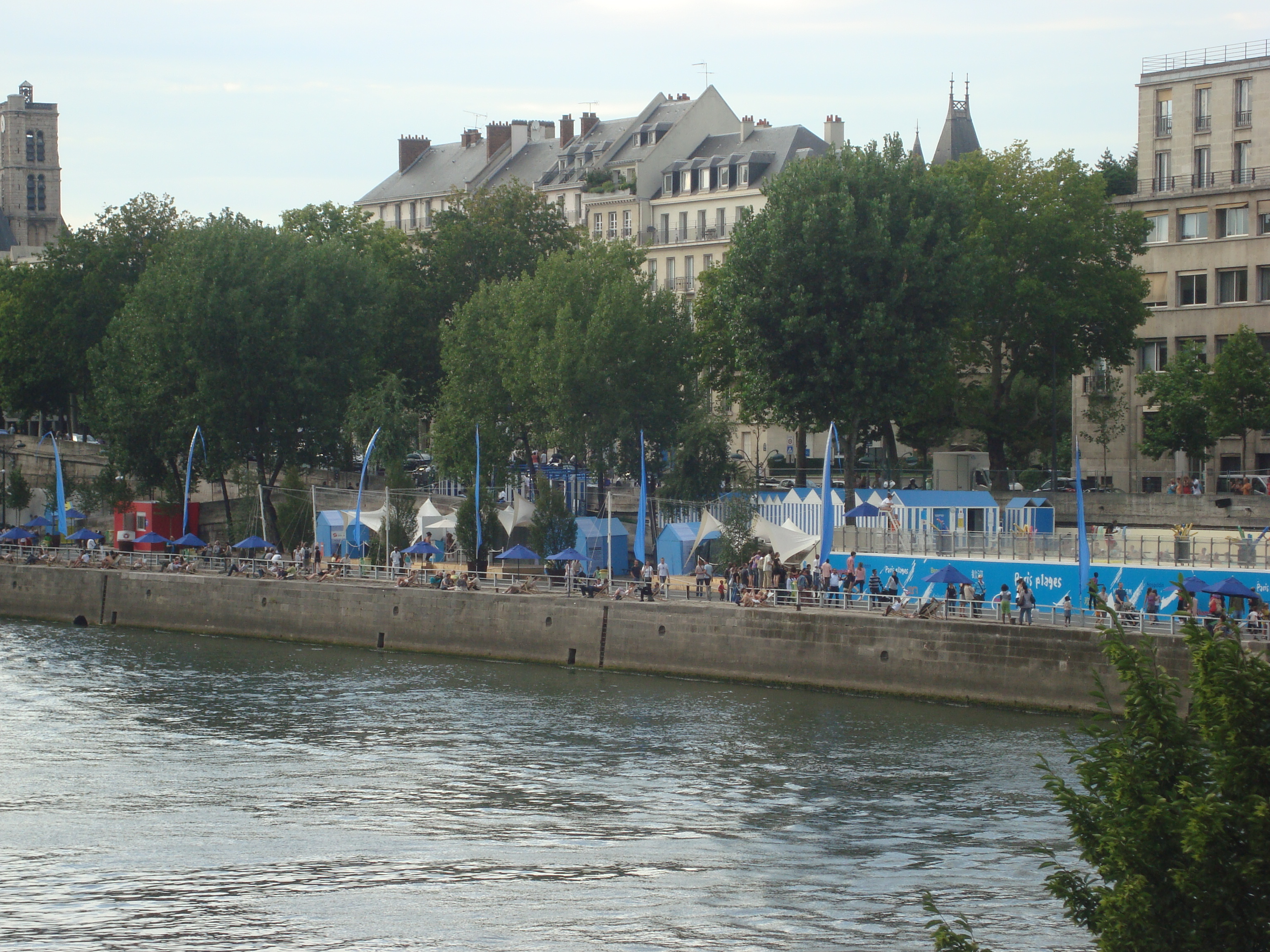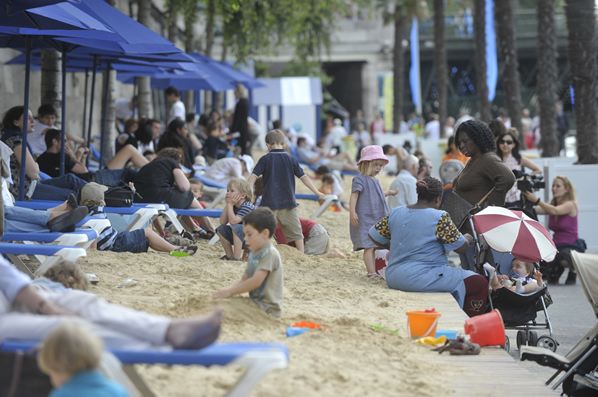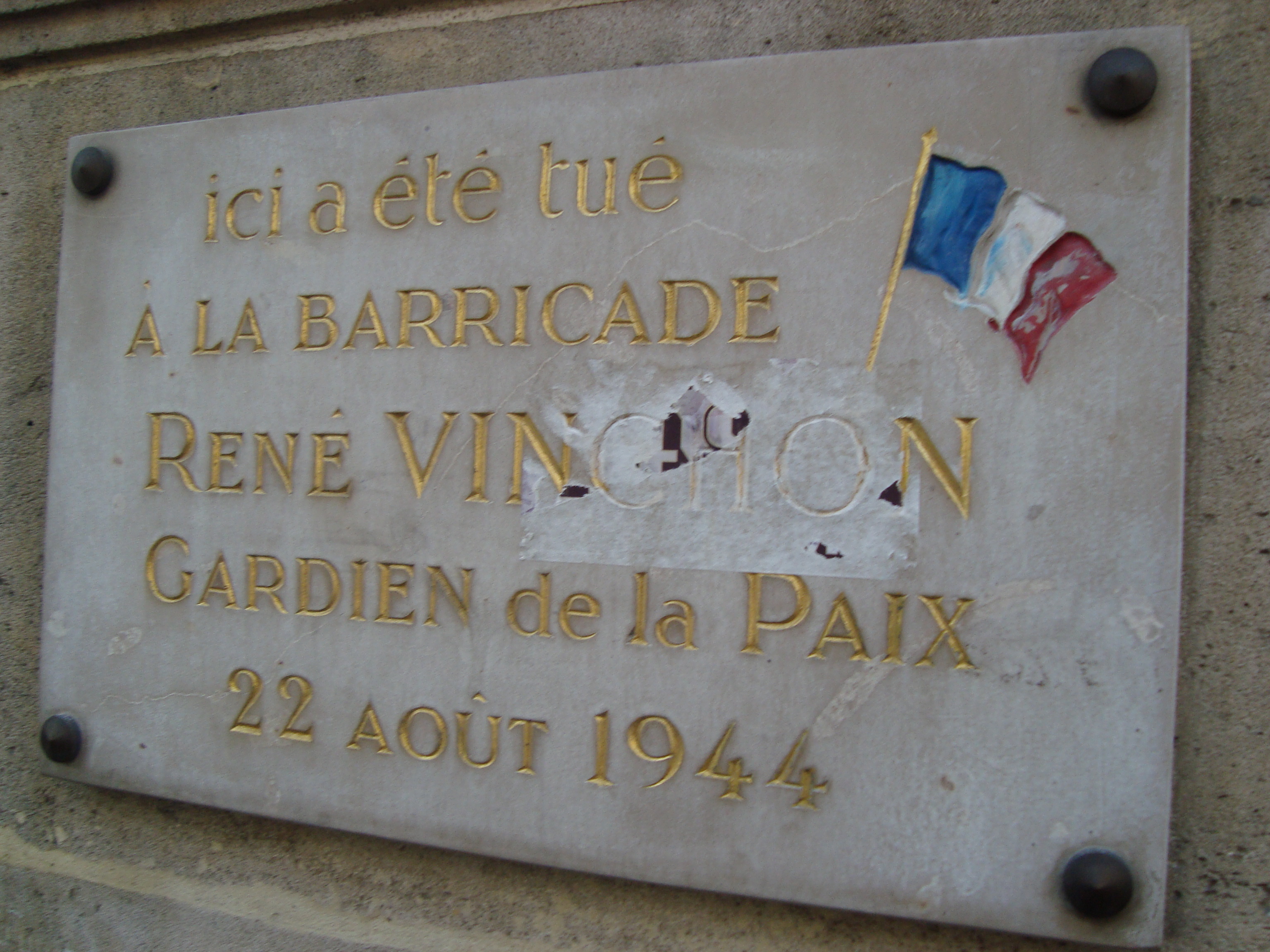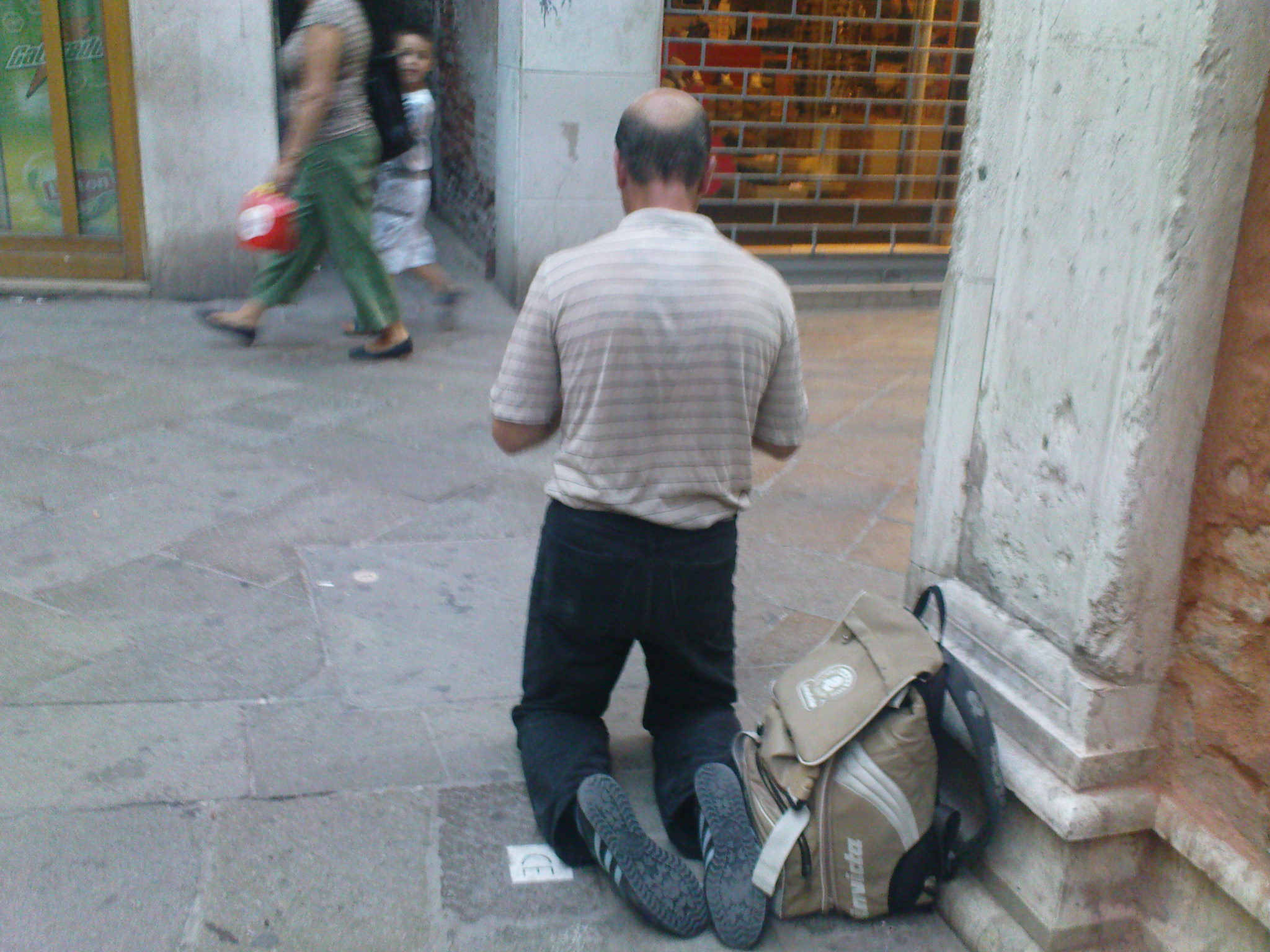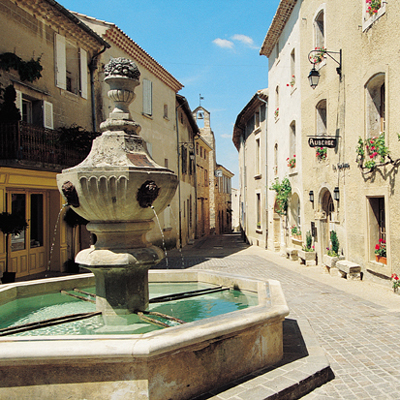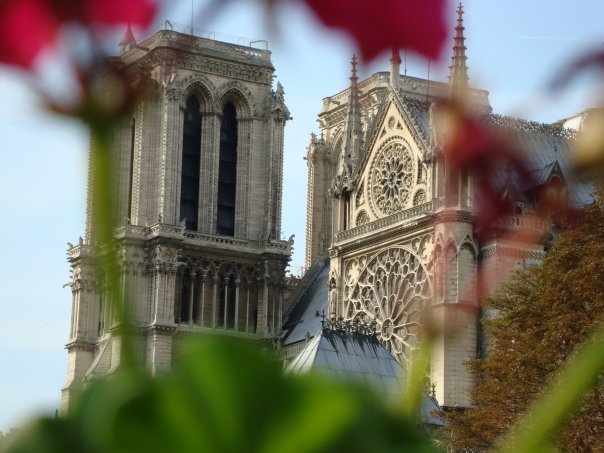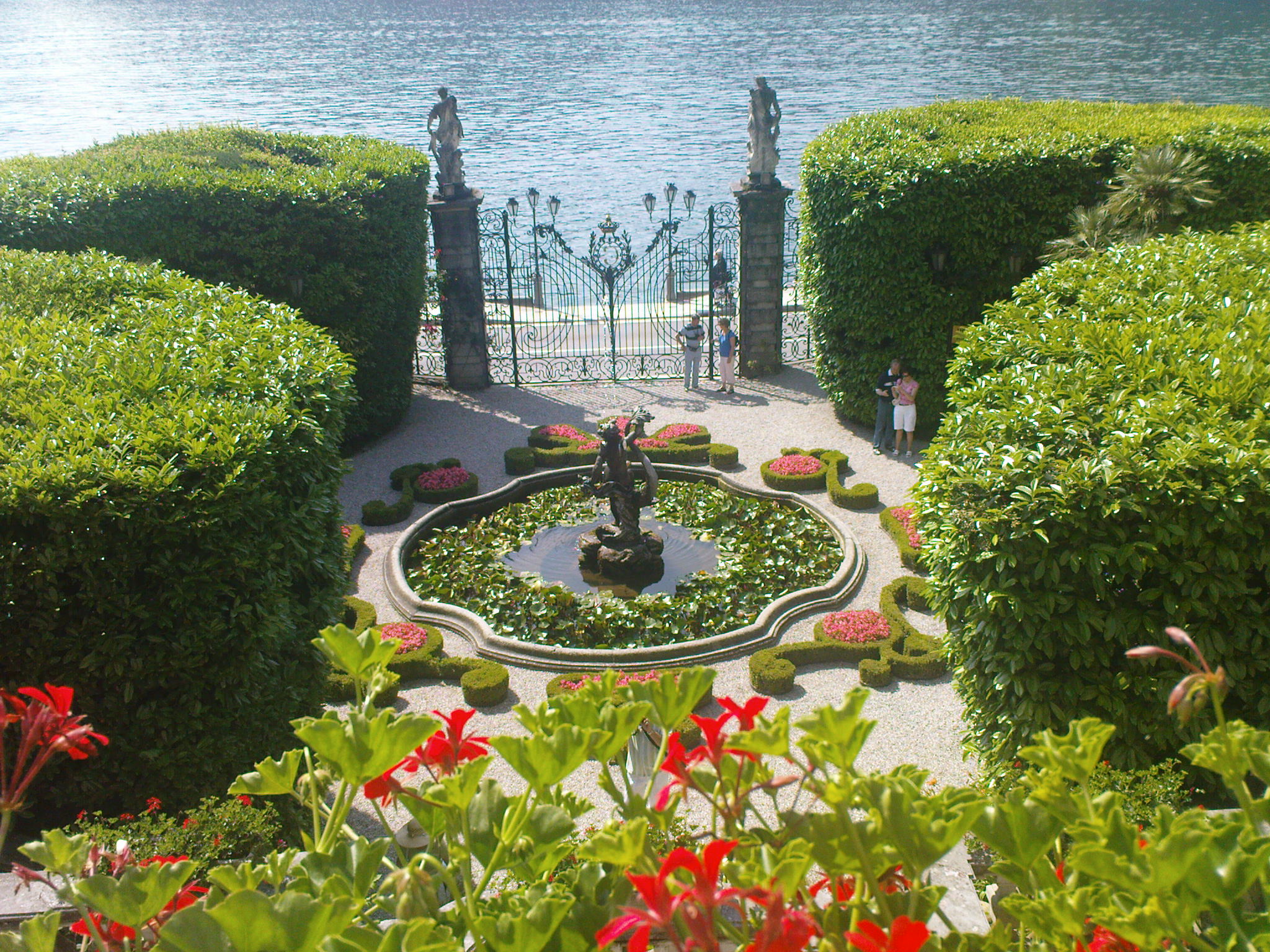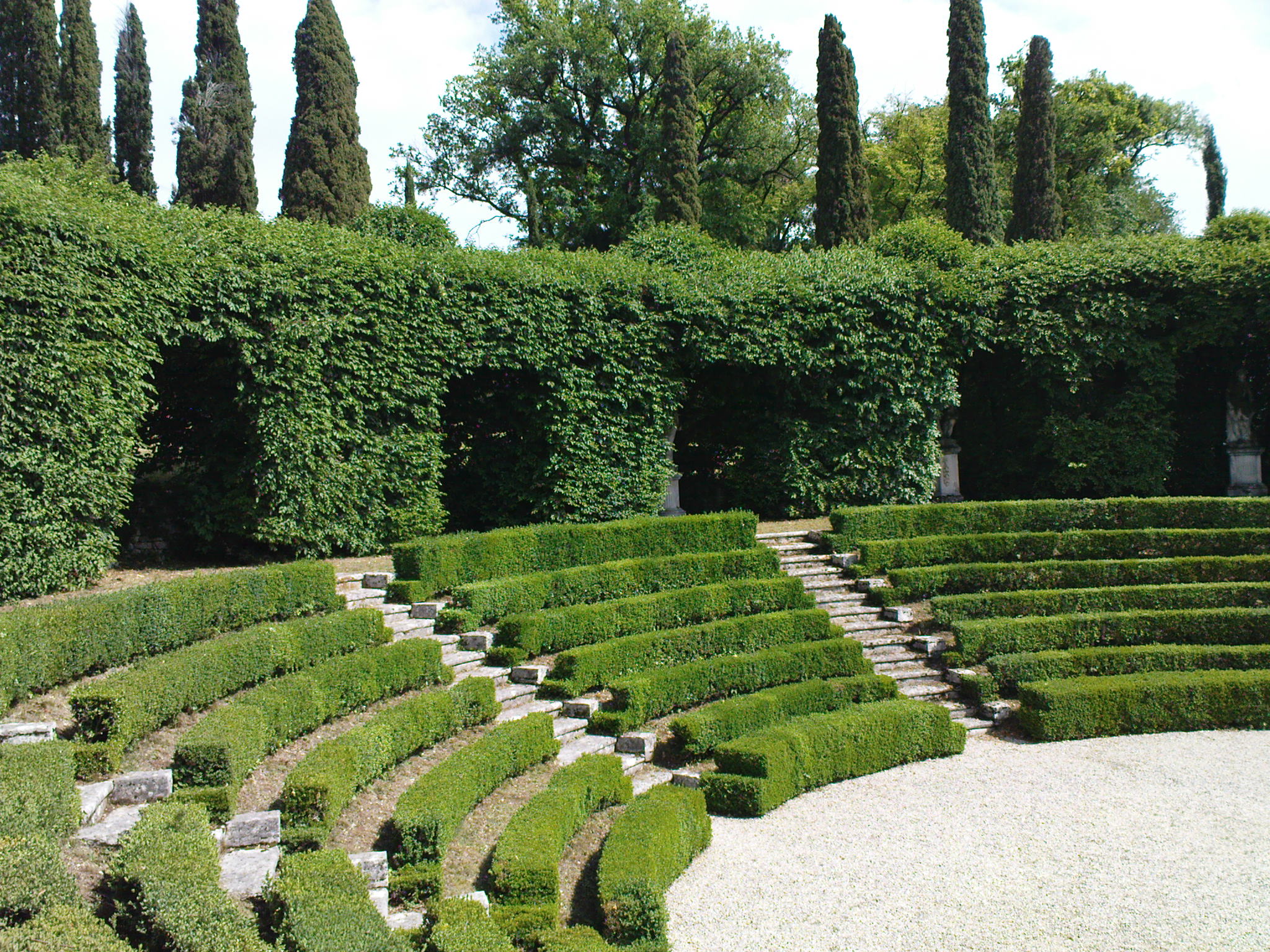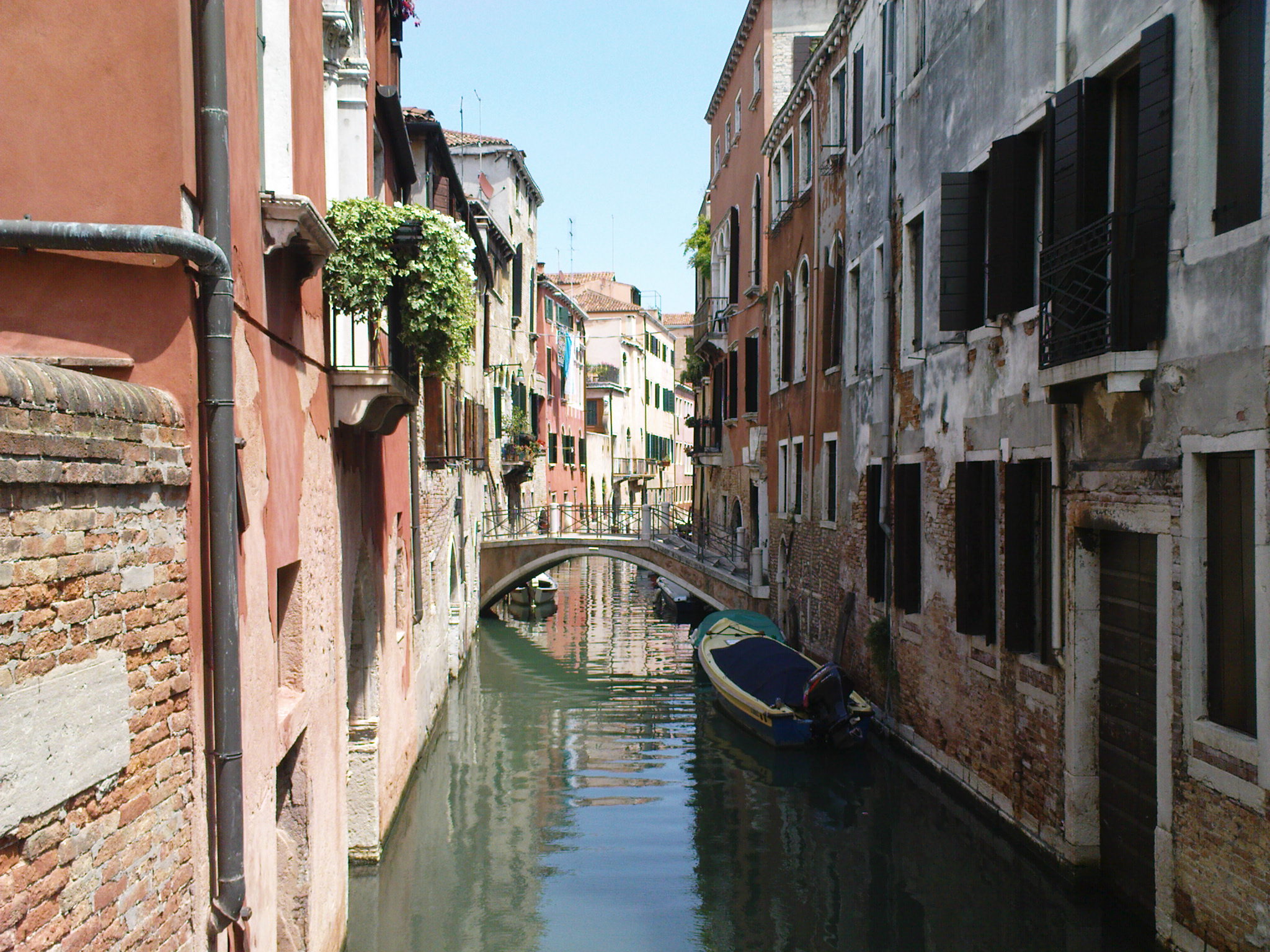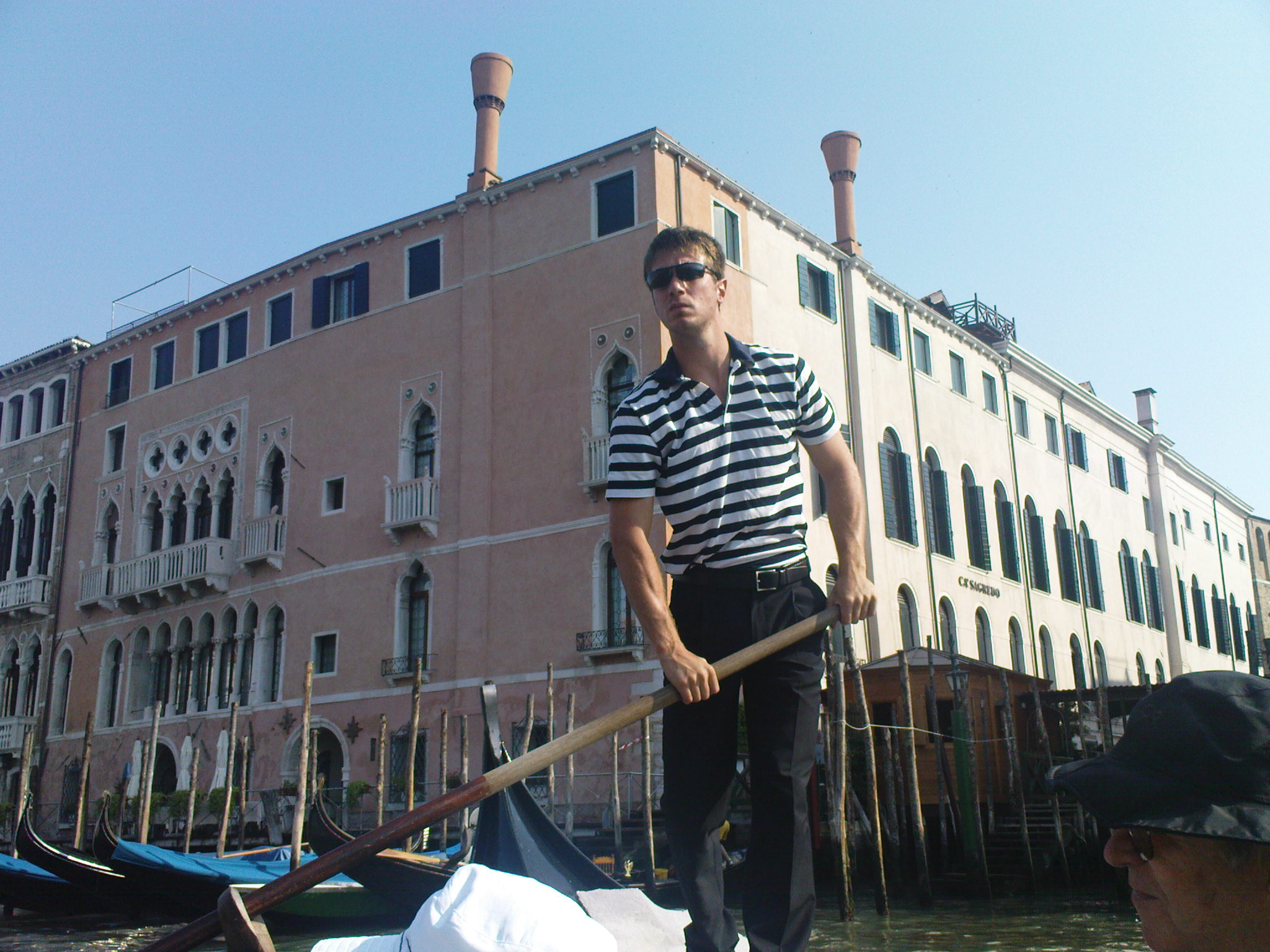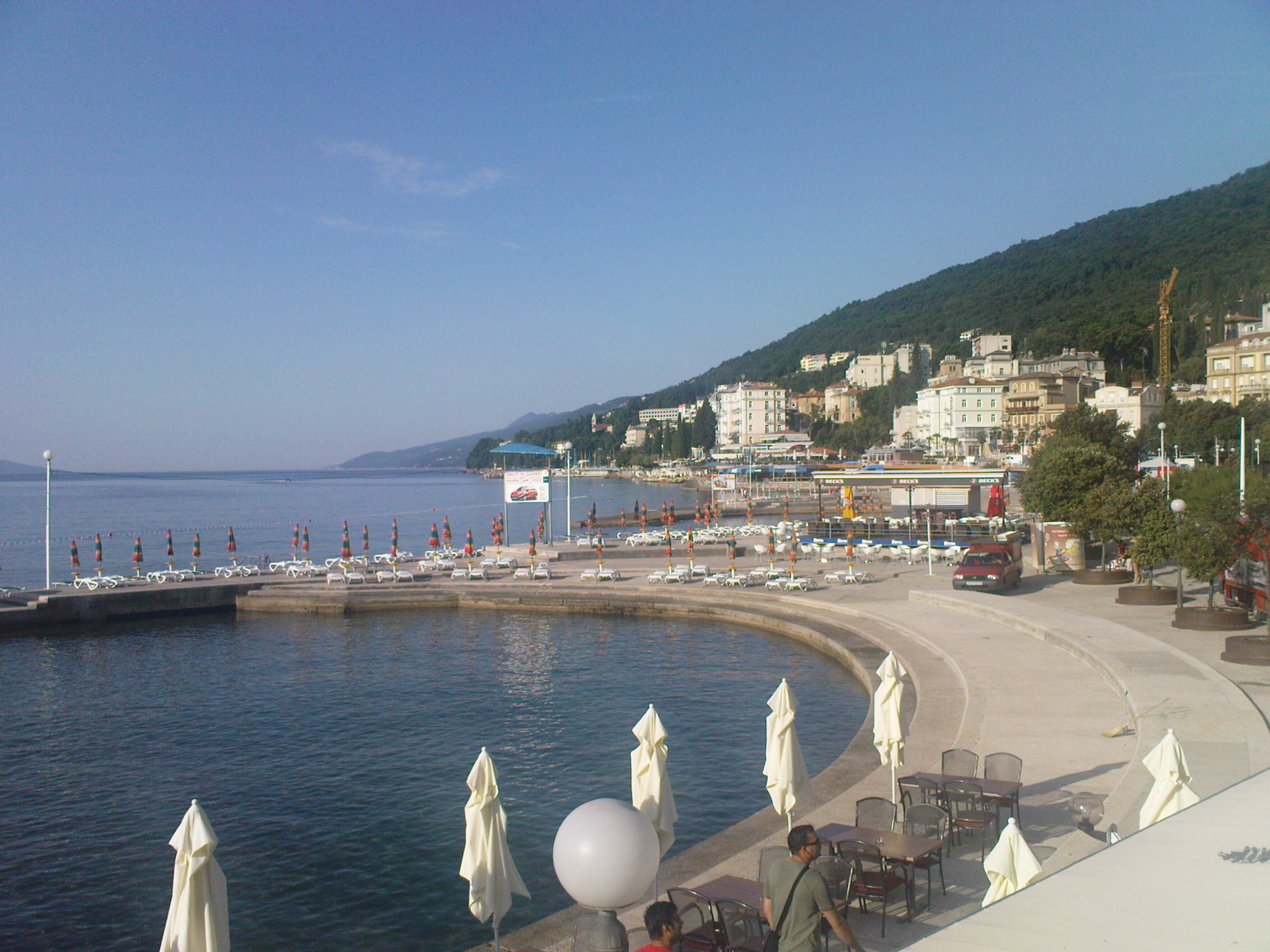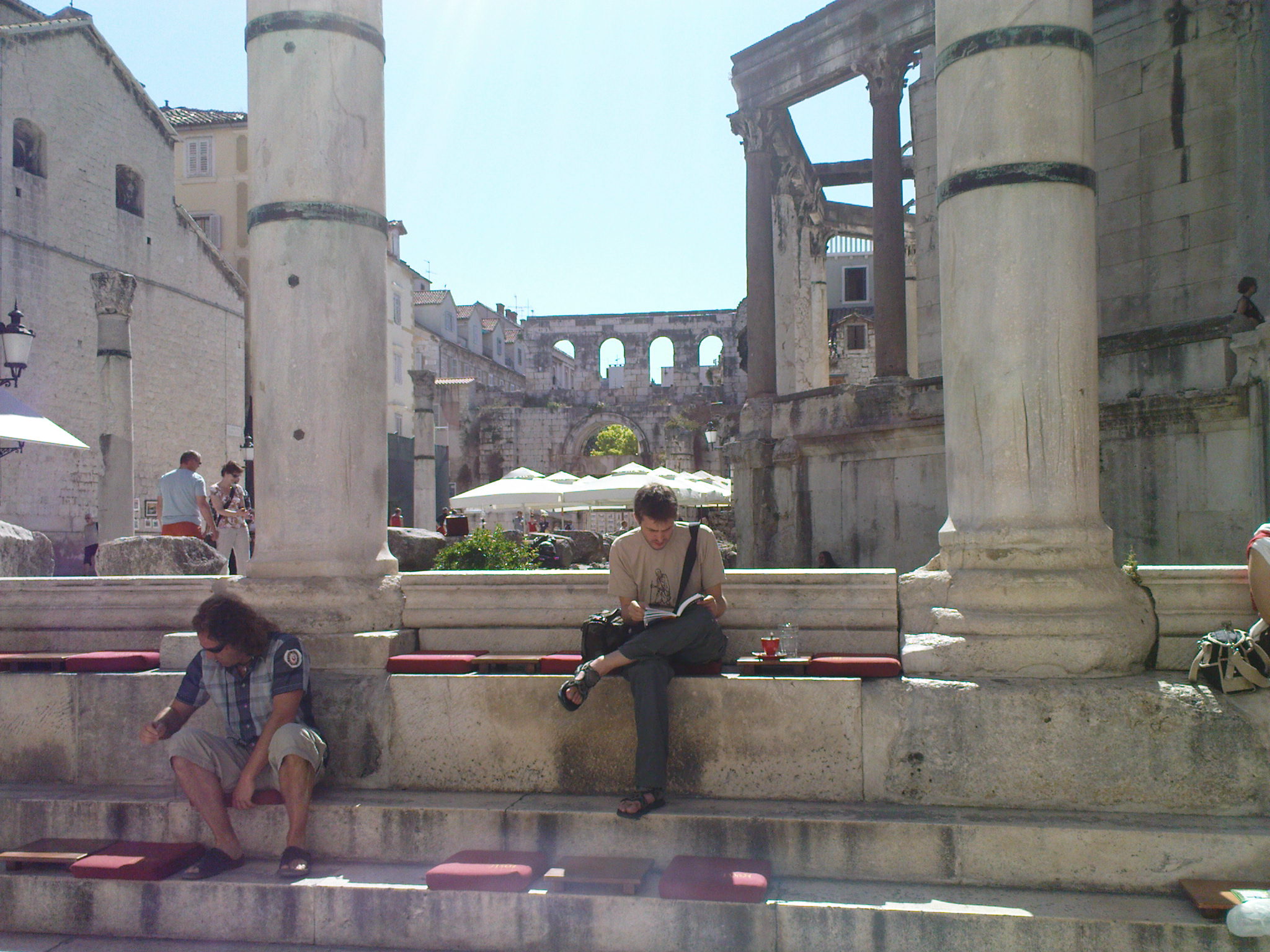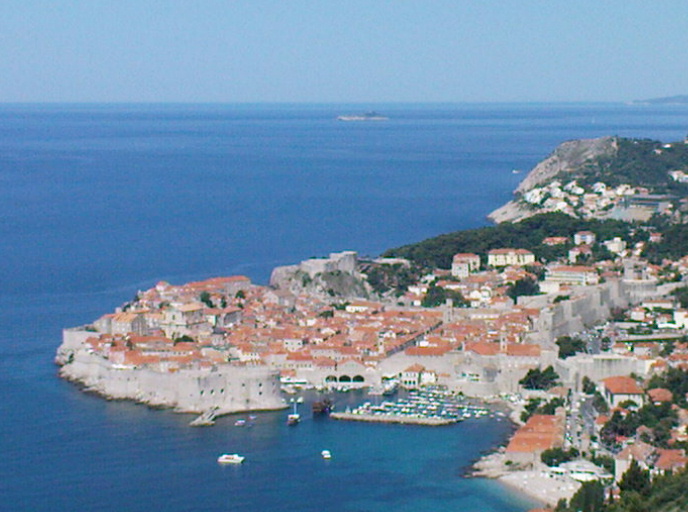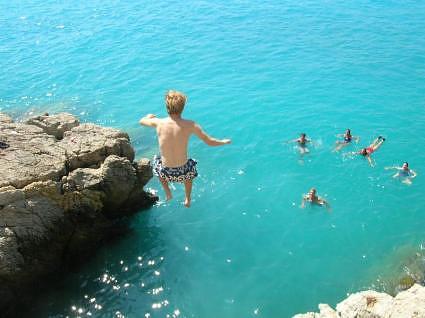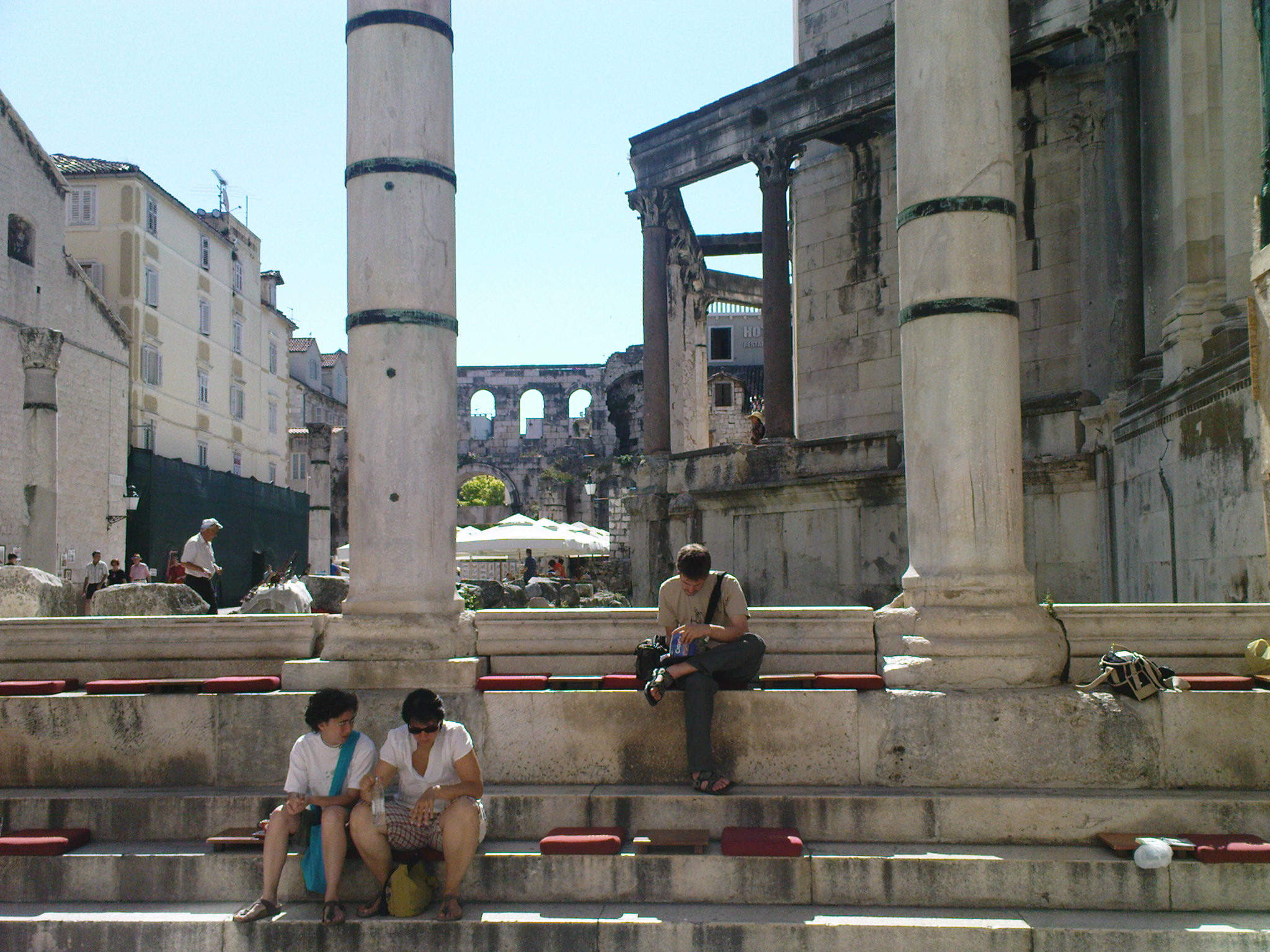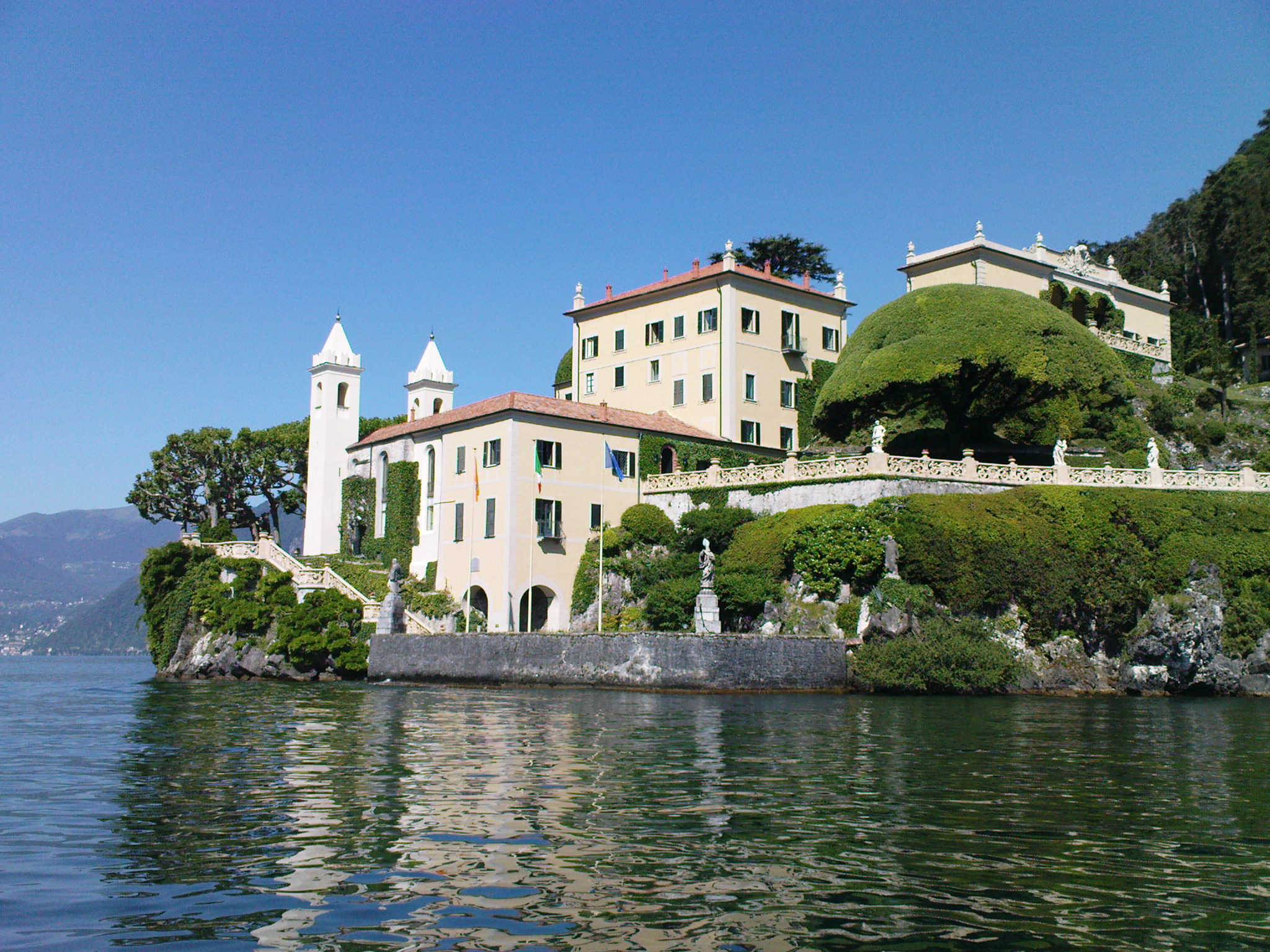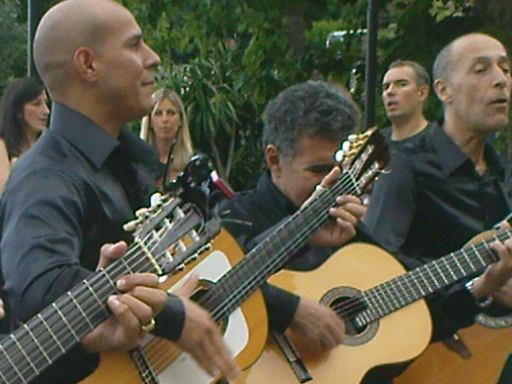We were staying with our family in the lovely village of Venasque, in the Vaucluse district of Provence. France. We were spending our holidays in one of my favourite homes in the area. This home was located within the town walls of this delightful sleepy village, with its narrow streets and its selection of wonderful restaurants!
Our holiday happened to coincide with a heat wave, and we didn’t have a swimming pool. Our children were happy to splash about in the local ancient “lavoir” (public clothes washing area), but my wife and I were keen to soak in a pool somewhere.
Off we drove to the nearby town of Pernes les Fontaines which we knew had a local public swimming pool complex. The children were excited about our adventure to the pools – certainly would be better than splashing in the local fountains!
“Monsieur, you understand that your swimming trunks are not acceptable, you must wear speedos”.
“What.. wear speedos. (My wife had already told me she would divorce me if I ever wore speedos!), whats wrong with my trunks?”.
As it turned out the French have this pretty little health regulation which forbids the wearing of shorts or bathing trunks in public swimming pools. It needs to be tight and fitting, so that “loose” extras cannot “escape” from said swimming togs! So all men have to wear the proverbial budgie smugglers. Now some people can get away with wearing speedos, and some people even look quite good in them, but some …. well some countries ban them!!!
“Well what am I to do as I’ve only got these bermuda style shorts?”
“Well Monsieur, we have appropriate swimming costumes here that you can hire”. The attendant then proceeded to hold up in two hands this small piece of blue cloth – looked like someone’s handkerchief. “Now Monsieur, that will be 2 Euros”.
“Me, wear those? But they’re still wet – someone else has been wearing them”
“Yes Monsieur, but they are clean, they have been chlorinated in the pool water.”
“Oh great!”. My wife by this stage had left with the children to the poolside and I was left with this decision to make. At this moment a large unattractive pot-bellied man wearing what looked like a small silk handkerchief walked past my view. “Thanks, I’ll just sit by the pool and watch my children!”.
Laughing about it later, I did recall how as children my parents used to take us to the hot thermal pools in Hanmer (New Zealand), and there you were forbidden from wearing swimming togs at all, and the men were in one pool and the ladies in another – I still have nightmares about the bodies scraping past each other in these otherwise perfect pools. So Speedos looked quite good after that thought!!

